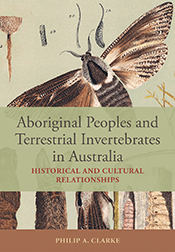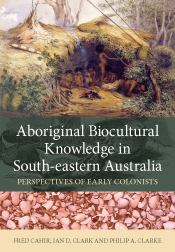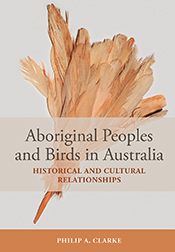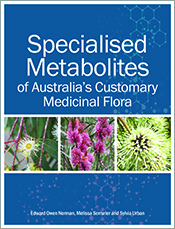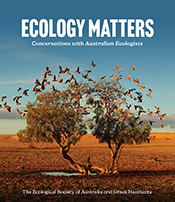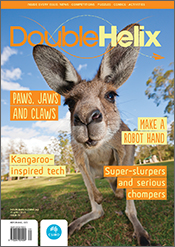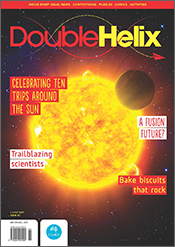Aboriginal Peoples and Terrestrial Invertebrates in Australia
Historical and Cultural Relationships
By: Philip A. ClarkeExplores the historical and cultural relationships Aboriginal peoples have with invertebrates.
Aboriginal peoples have deep connections with Australia’s terrestrial invertebrates, going back millennia. This book focuses on these historical and cultural relationships, describing the role of insects and other arthropods as totemic ancestors and spirit beings. It also explores Aboriginal nomenclature, foraging techniques and the use of land-based arthropods and molluscs as food, medicine and for making artefacts. + Full description
Through the lens of ethnoentomology, Philip Clarke examines the cultural significance of invertebrates, highlighting their role in shaping Aboriginal identities and their interactions with the unique Australian environment, blending scientific and Indigenous sources. By taking a historical perspective, Aboriginal Peoples and Terrestrial Invertebrates in Australia examines the gaps between the knowledge systems of Indigenous peoples and Western science, to encourage further collaboration and acknowledgment in the future.
This is a companion work to the author’s successful book Aboriginal Peoples and Birds in Australia.
- Short descriptionNews
Publication date: 19 January 2026
Details
Paperback | January 2026 | $ 59.99ISBN: 9781486320431 | 344 pages | 245 x 170 mm
Publisher: CSIRO Publishing
B&W photographs, Colour plates, Illustrations
Features
- A companion work to the author’s successful 2023 book, Aboriginal Peoples and Birds in Australia.
- Takes basic ethnoscience principles and applies them in a unique and entertaining way to the topic of Aboriginal peoples and Australian insects, spiders, centipedes, snails and other creatures.
- Provides a refreshing perspective on Australian invertebrates, which are increasingly being considered as future possible food sources for the wider public.
- Offers a compelling argument for Australia to acknowledge the cultural roles of terrestrial invertebrates, demonstrating their importance.
- Features colour photographs, the majority taken during more than 40 years of the author’s fieldwork.
Contents
ForewordPraise for Aboriginal Peoples and Birds in Australia
Acknowledgments
Cultural sensitivity warning
1 Introduction
2 Terrestrial invertebrate nomenclature
3 Terrestrial invertebrates as creators and spirit beings
Colour plates
4 Foraging for wood-boring grubs
5 Foraging for moths, butterflies and galls
6 Foraging for bees and ants
7 Foraging for termites, lerps and other terrestrial invertebrates
8 Terrestrial invertebrates working for people
9 Material culture
10 Conclusions
References
Index
Authors
Philip A. Clarke is a consultant anthropologist working in native title and Aboriginal heritage. With an academic background in both science and anthropology, his research interests are focused on the ethnosciences, in particular Australian ethnobiology and ethnoastronomy. His other books incude Aboriginal Biocultural Knowledge in South-eastern Australia and Aboriginal Peoples and Birds in Australia.

